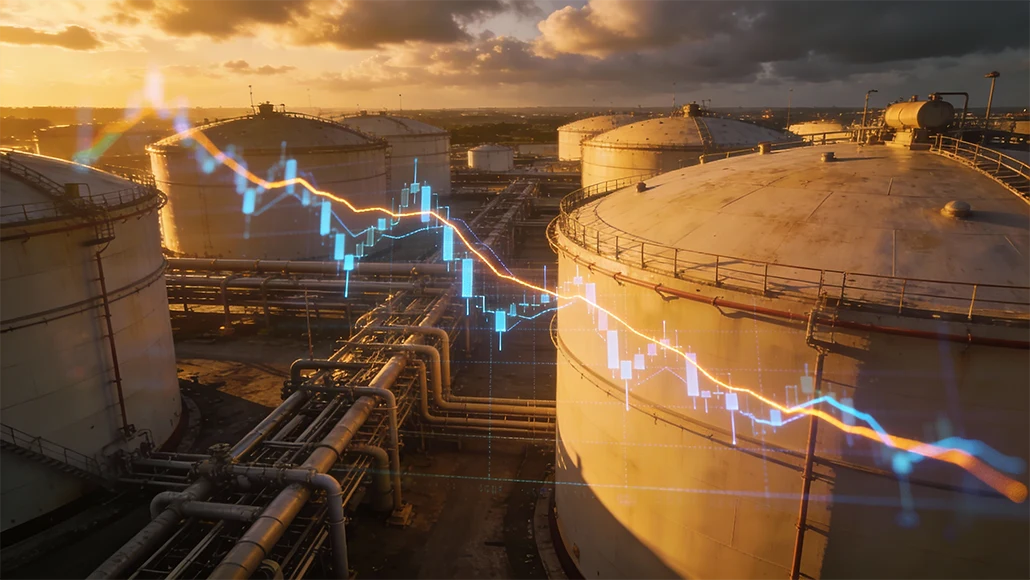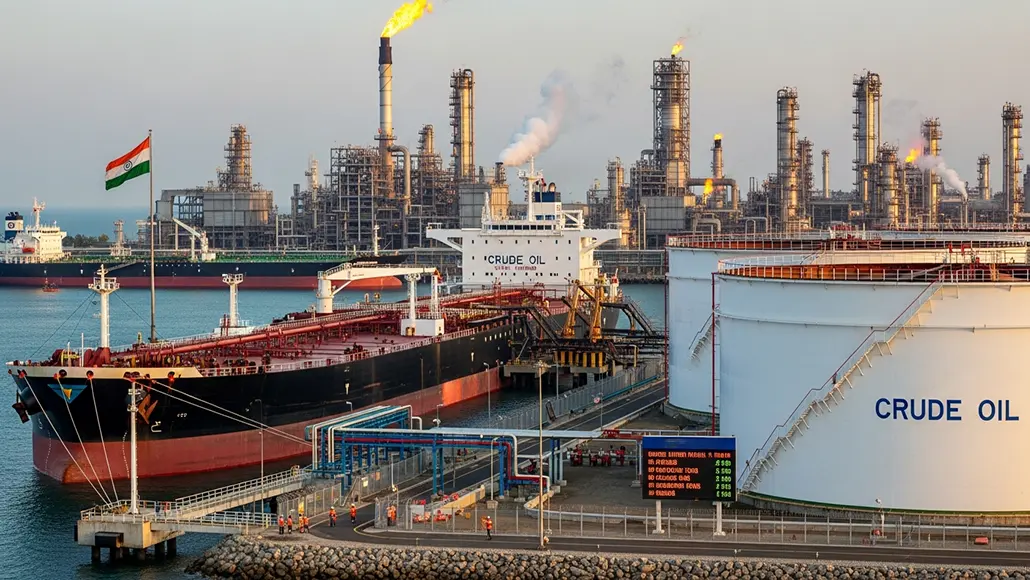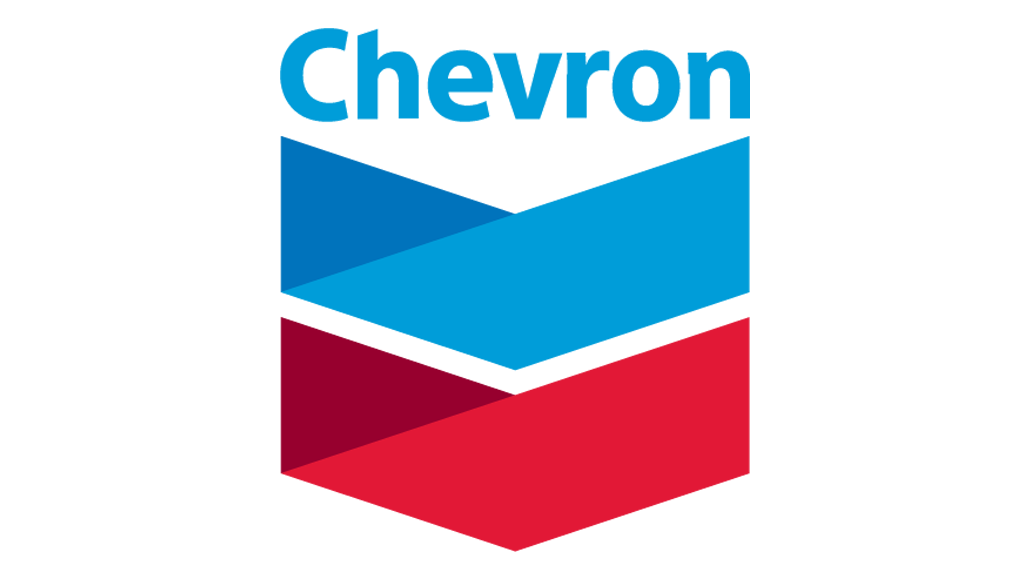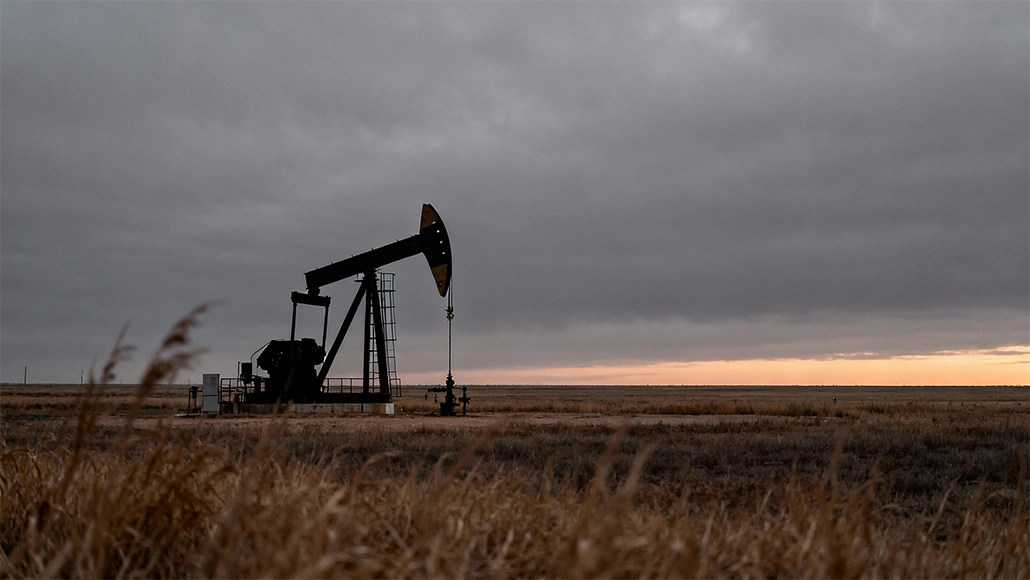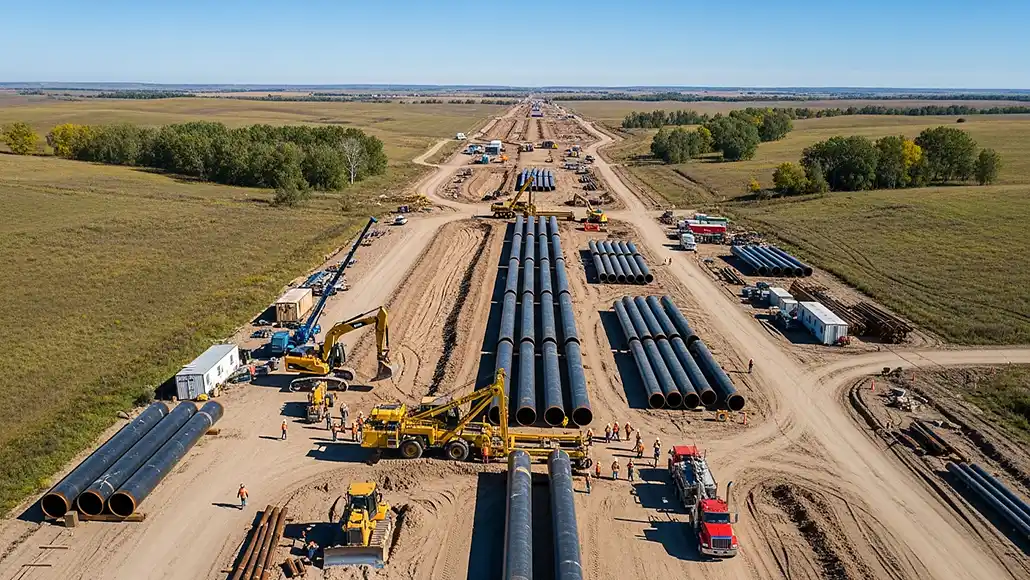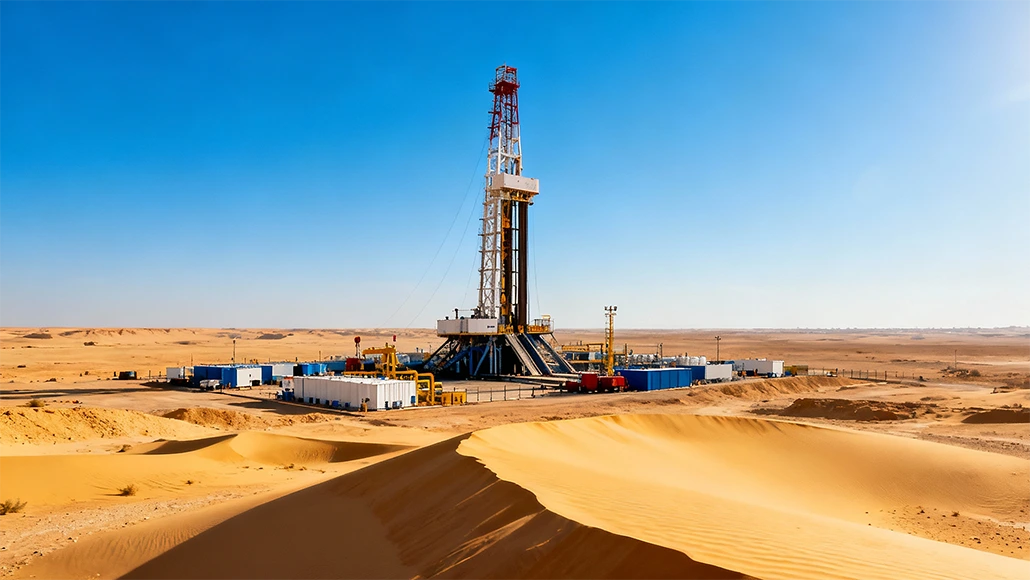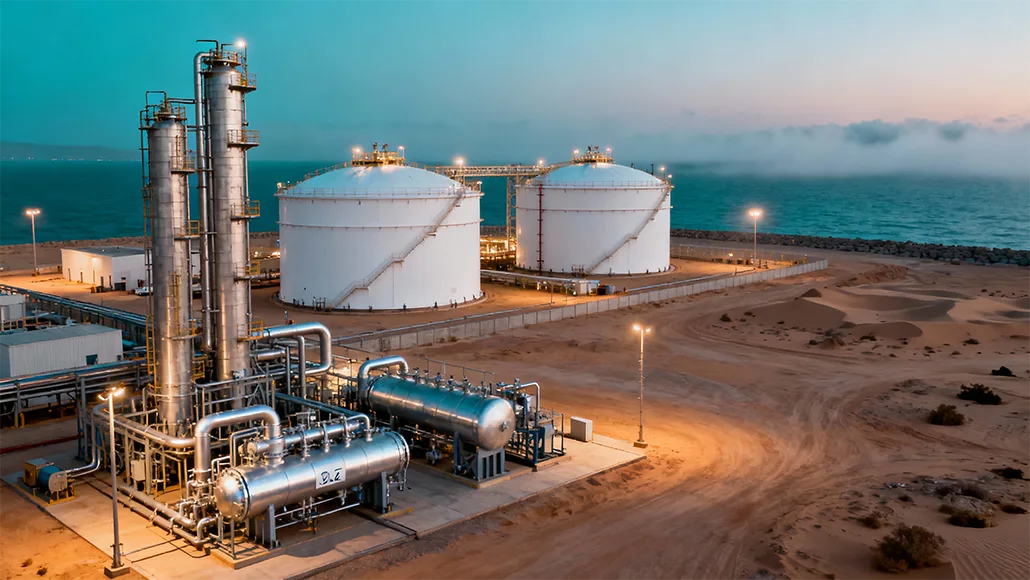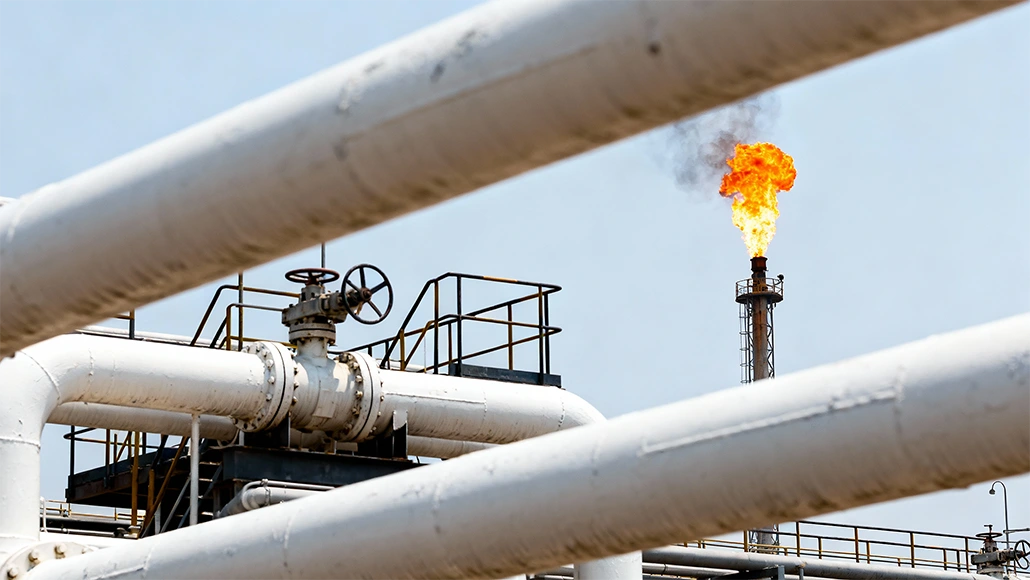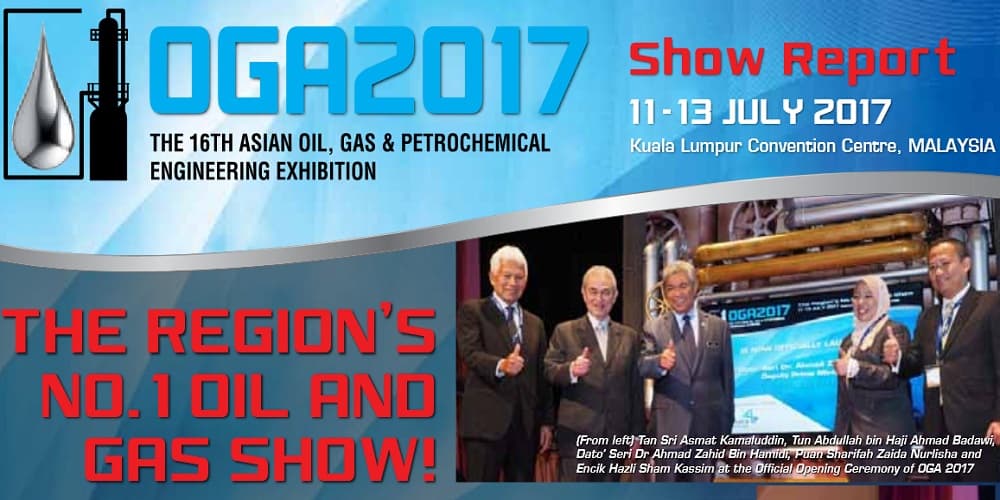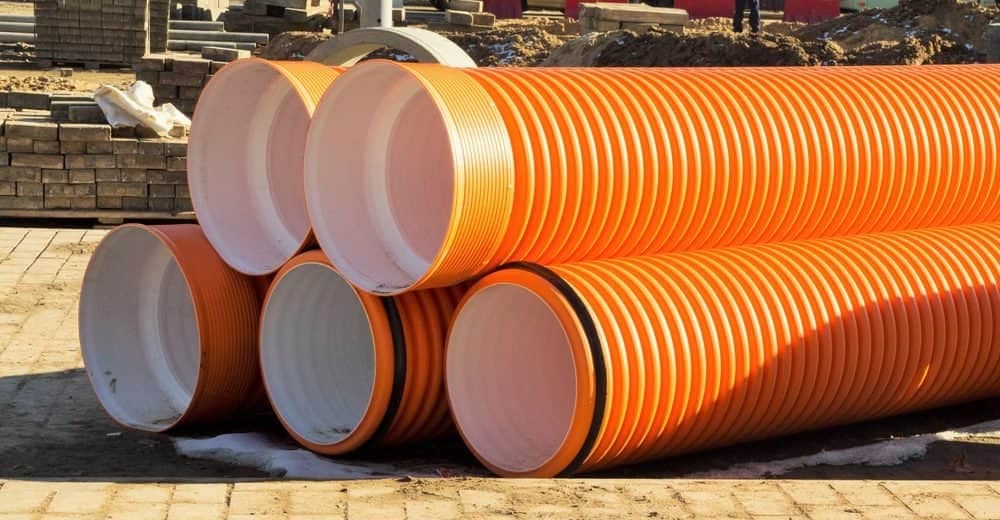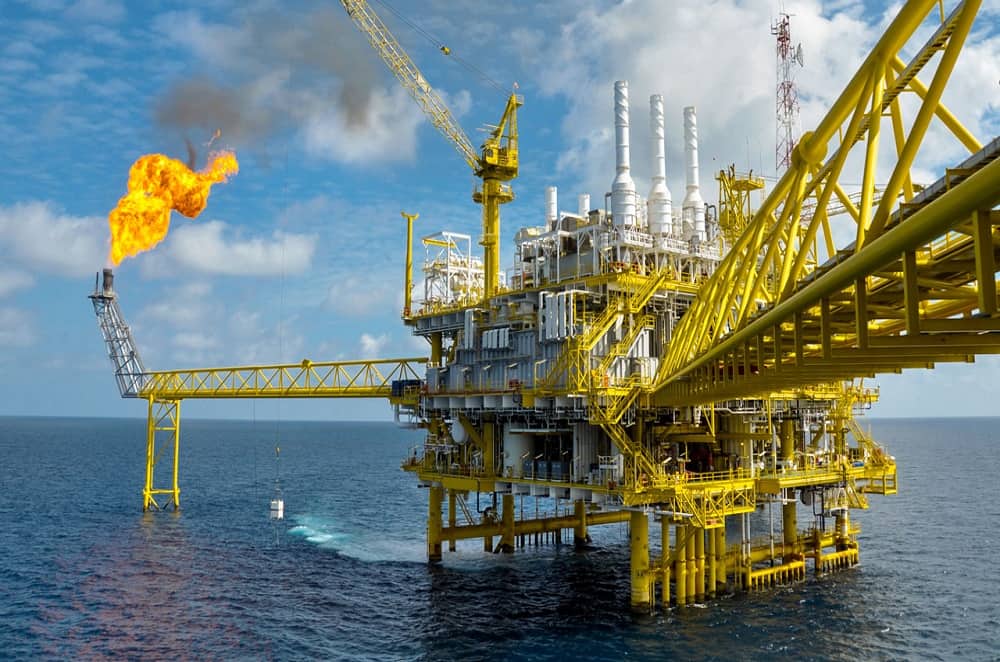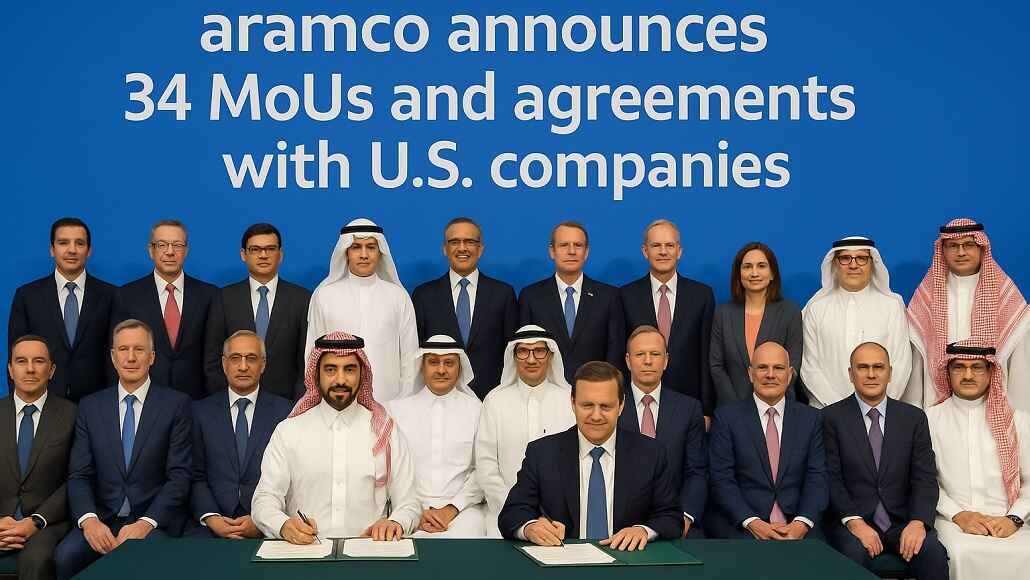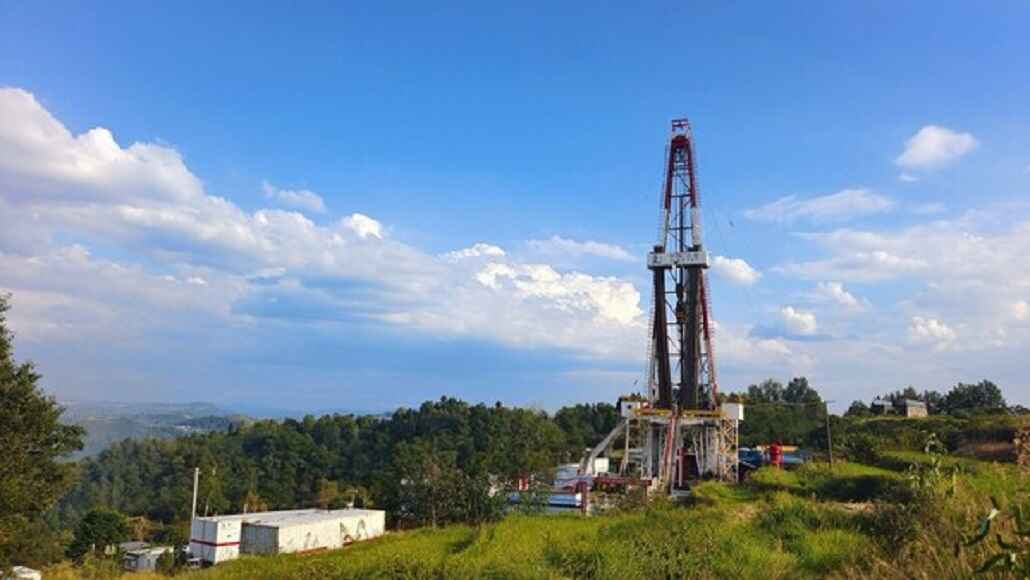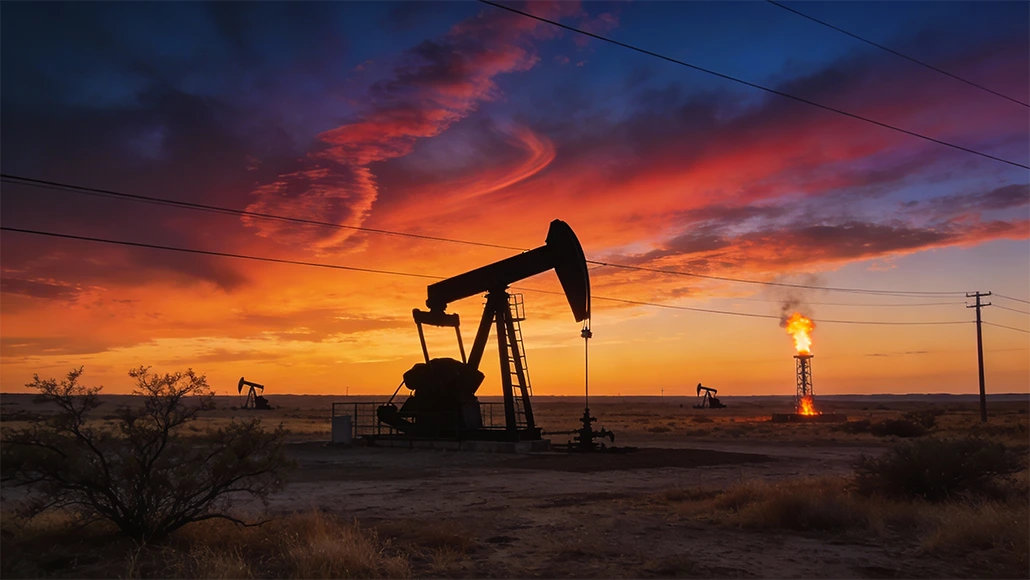Over 50 oil and gas companies at COP28, many of them known as respectable national companies, went ahead and took a historic step for decarbonization through the launch of the oil and gas decarbonization charter, which happens to represent a major step towards short- and long-term ambitions so as to decrease emissions and also has in it net-zero operations by 2050 at the latest.
The Size
As per the International Energy Agency- IEA latest data, the production, transport, as well as the processing of oil as well as gas went on to result in 5.1 GtCO2e in 2022. These emissions happen to come from the production as well as delivery of oil and gas as well as combustion of fossil fuels that are essential for on-site operations- Scope 1 and also import of electricity from external sources that are consumed in oil and gas facilities- Scope 2.
The Scope 1 and 2 emissions go on to represent almost less than 15% of the global energy-concerning GHG- greenhouse gas emissions. This is indeed quite a sizeable contribution, which is almost equal to the energy-concerned GHG emissions coming from road transport, thereby highlighting the relative scale pertaining to the opportunities that are associated in terms of executing functional changes within the sector. The fact is that the faster and deeper these emissions reductions happen to be, the more prominent the impact is going to be.
The emissions sources
So as to gauge the numerous paths that lead to net zero, which an oil company can go on to follow, it is indeed crucial to map the source of the emissions within the sector all across the value chain. It is mostly taken into consideration that almost 60% of an integrated company’s emissions come from upstream operations that too mainly from onshore assets. Apart from this, refining as well as distribution happen to be the second main contributors, however, for a much smaller magnitude, mostly due to the major efforts that have been already made by the companies so as to decrease the emissions coming from refining assets as well as levers in terms of decarbonization, which is potentially much simpler to execute.
But the volumes and intensities of emissions differ quite significantly throughout regions, nations, as well as assets. An asset that happens to operate in the oil sands of Canada will have a very distinct and varied emissions profile as compared to Western Africa’s offshore platform. These varied profiles also demand a customized emissions reduction approach, which goes on to mean that decarbonization studies have to be carried out at an asset level, thereby enabling operators to go ahead and identify very affordable means of taking care of emissions reduction.
The majority of operational emissions can be looked into by way of applying five major options-
A shift in mindset by decreasing methane emissions
Methane, which happens to be shorter-lived as compared to CO2, possesses a majorly higher potential in terms of warming and is estimated to be almost 28 times more potent as compared to CO2 in a 100-year span. These emissions happen to originate throughout the natural gas value chain, right from production to transmission. They happen to come from venting leaks as well as inefficient flaring, thereby representing 50% of the oil & gas sector’s overall operational emissions.
All of this means that decreasing methane emissions goes on to offer one of the most robust short-term options so as to advance the Paris Agreement objectives. Considering all this, the Aiming for Zero Methane Emissions Initiative as well as the Oil & Gas Decarbonization Charter have gone on to commit to almost-zero upstream methane emissions.
The Nonroutine Flaring Eradication
As far as its efficiency is concerned, flaring goes on to release methane emissions as well as CO2 due to the incomplete combustion of the natural gas. The fact is that almost 95% of the GHG emissions from flaring happen to be addressable with the use of present tech. The cost of eradicating the flaring can indeed vary, but it can go on to save billions in avoided emissions at the present carbon price levels.
The World Bank at COP28 came up with the Global Flaring and Methane Reduction- GFMR Partnership, which focused on helping developing nations cut CO2 as well as methane emissions that get generated through the oil and gas sector. It is worth noting that GFMR will give out $250mn and also mobilize quite a major funding from private verticals so as to offer support to those nations having the least capacity to address such kinds of emissions.
Electrification of Upstream Facilities by Way of Low-Emission Electricity
Internal combustion engine generators happen to be quite a common sight in upstream facilities, and the fact is that replacing them with electricity supplied through low-carbon sources happens to offer an immediate emissions-reduction advantage.
The energy for the upstream facilities can as well be provided with electricity coming from a centralized grid. Operators happen to face many options in case of executing an electrification program, such as selecting the right tech and evaluating the total cost. The sector happens to be having a strong, long and successful track in this particular area, with many projects coming up. The fact is that the power generated from the onshore facilities has gone on to dominate the pipeline of the project. Electrification of plants already in use needs prominent retrofitting and happens to be enormously economical for plants with longer lifespans.
Carbon Capture, Utilization as well as Storage- CCUS
The fact is that the CCUS tech goes on to capture CO2 emissions from combustion or conversion when it comes to fossil fuels and either stores it within subsurface geologies or converts them into products that are useful. The oil & gas sector has for long been at the heart of CCUS development across the world, with over 40% of CCUS investment since 2010 directed to projects pertaining to oil & gas value chains. To speed-up the development as well as adoption of CCUS across the world, OGCI has gone on to create the Global CCUS Hub Search, which offers high-level information pertaining to potential economic hubs.
In the End
The fact is that achieving net zero functioning in the oil and gas industry is an uphill task, but it is not impossible. Through focusing on emission reduction, especially methane, and making the utmost use of tech like CCUS, the sector indeed has the tools it requires to make this transition successfully.


